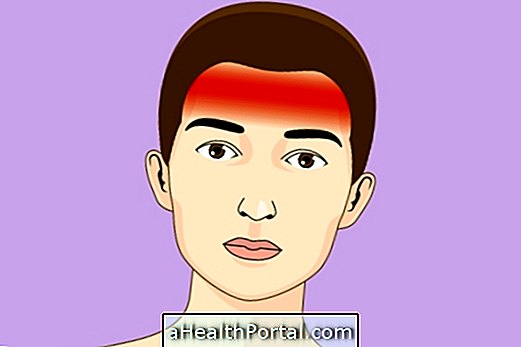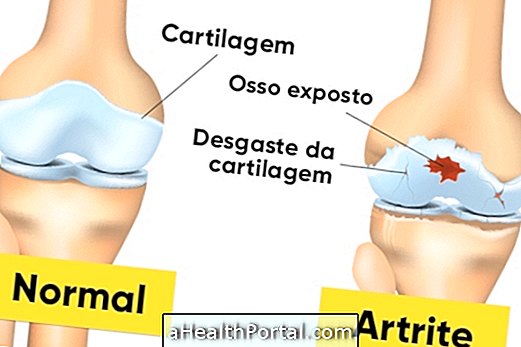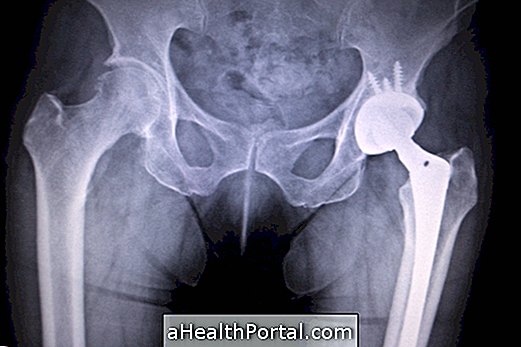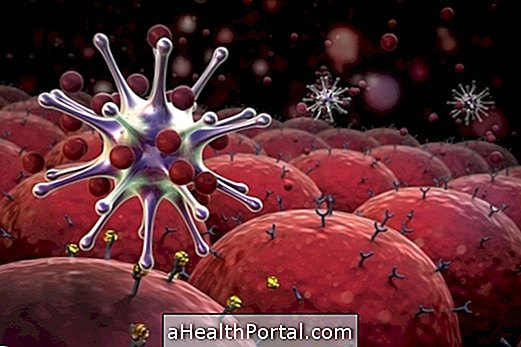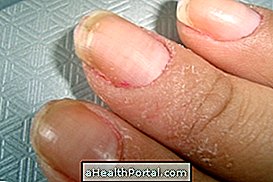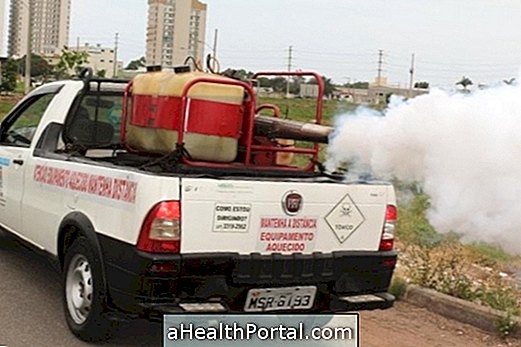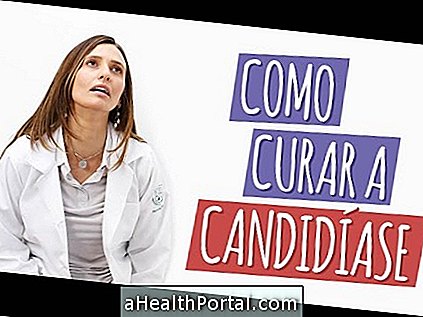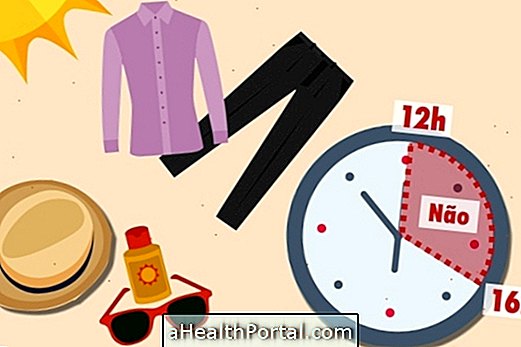The classic symptoms of cardiac arrest are severe chest pain that leads to loss of consciousness and fainting, which makes the person inanimate.
However, before this, other symptoms may appear that alert to a possible infarction, such as:
- Pain in the abdomen or back that does not pass;
- Shortness of breath or difficulty in breathing;
- Difficulty in speaking clearly;
- Tingling in the left arm;
- Excessive pallor and tiredness;
- Frequent nausea and dizziness;
- Cold sweats.
When several of these signs appear, there is a greater risk of cardiac arrest, so it is important to go to the emergency room immediately or call an ambulance.
If the heart stops beating, one should begin first aid to increase the chances of survival.
First aid for cardiac arrest
First aid in case of cardiac arrest is:
- Call an ambulance
- Perform the following cardiac massage:
- With the victim lying flat on the floor with his head tilted a little backward, the region of the center of the chest should be pressed between the nipples, with his hands overlapped and his arms well stretched;
- Press the heart hard and quickly, 30 times in a row, and then throw the air out of your mouth into the victim's mouth.
Cardiac massage should be maintained until the victim regains consciousness or until the ambulance arrives.
Here's a video on how to do it right:
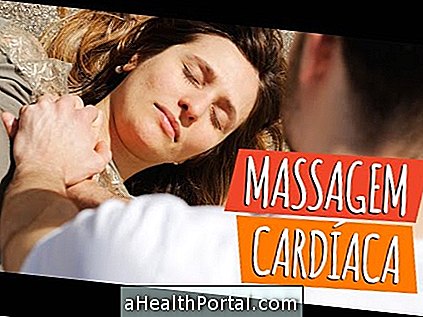
Cardiac arrest sequelae
A cardiac arrest does not always leave sequels, as they are more frequent in victims who have been in the absence of heartbeats for a long time because they are the beats that carry oxygen through the blood to all organs, including the brain. So if an individual stays long in the absence of heartbeat, their organs are beginning to fail, one by one, to death.
But if the victim of a cardiac arrest is attended to quickly, there is a less likely to occur a sequel, but that will depend on your body and how long your brain has run out of oxygen. Some victims of cardiac arrest may have sequelae such as a neurological change, difficulty speaking and memory changes, but this is not a rule, although it is more common in the elderly.
Here's how to reduce your risk of heart failure.

